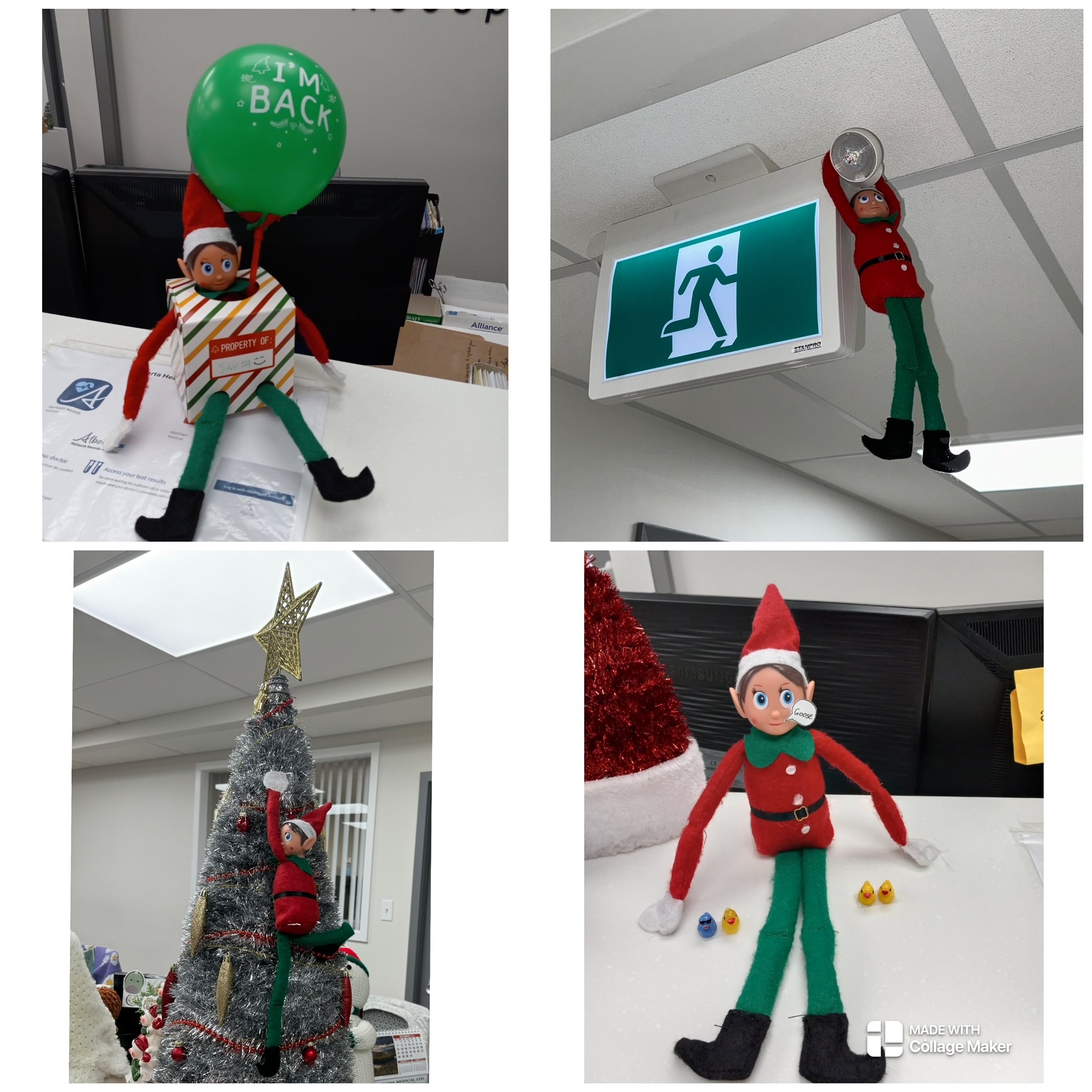Interested in learning about healthy eating during pregnancy?
Join this FREE online class for Albertans, led by Registered Dietitians.
You will learn about what’s best to eat and avoid during pregnancy, how to manage nausea, heartburn and other common discomforts, and quick and tasty meal ideas!
Two options to choose from:
Tuesday, December 16 – 2025 12:00-1:30 pm
Tuesday, February 10 2026 12:00-1:30 pm
To register click here:
This session will be held on Zoom. Join us on a computer, tablet, or smart phone.
Not familiar with Zoom? A link for the class and user instructions will be emailed to you prior to the class.









